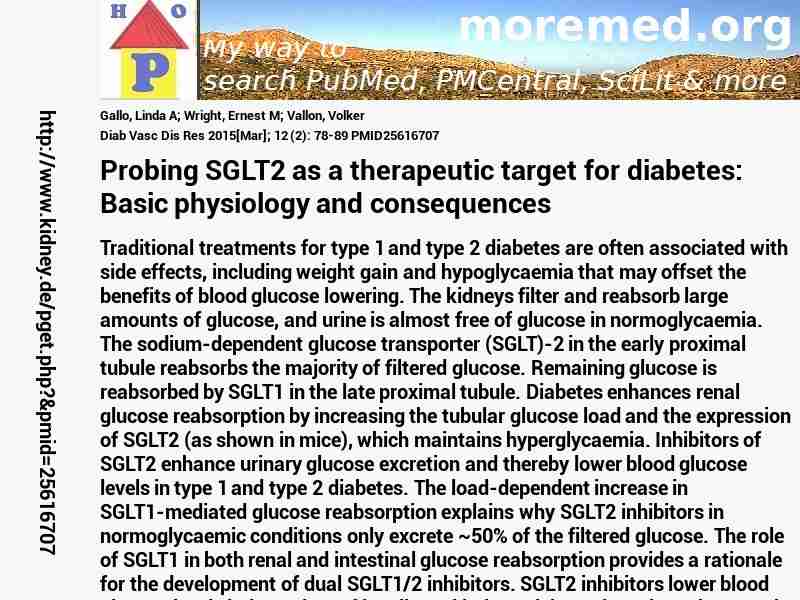10.1177/1479164114561992
http://scihub22266oqcxt.onion/10.1177/1479164114561992

C5886707!5886707!25616707
 free free
 free free
 free free
|  
Deprecated: Implicit conversion from float 213.6 to int loses precision in C:\Inetpub\vhosts\kidney.de\httpdocs\pget.php on line 534
Deprecated: Implicit conversion from float 213.6 to int loses precision in C:\Inetpub\vhosts\kidney.de\httpdocs\pget.php on line 534
Deprecated: Implicit conversion from float 213.6 to int loses precision in C:\Inetpub\vhosts\kidney.de\httpdocs\pget.php on line 534
Deprecated: Implicit conversion from float 213.6 to int loses precision in C:\Inetpub\vhosts\kidney.de\httpdocs\pget.php on line 534
 Diab+Vasc+Dis+Res 2015 ; 12 (2): 78-89 Diab+Vasc+Dis+Res 2015 ; 12 (2): 78-89
Nephropedia Template TP
gab.com Text
Twit Text FOAVip
Twit Text #
English Wikipedia
|

 free
free free
free free
free